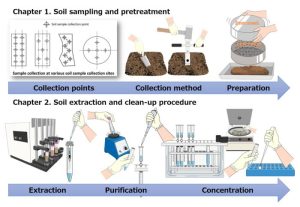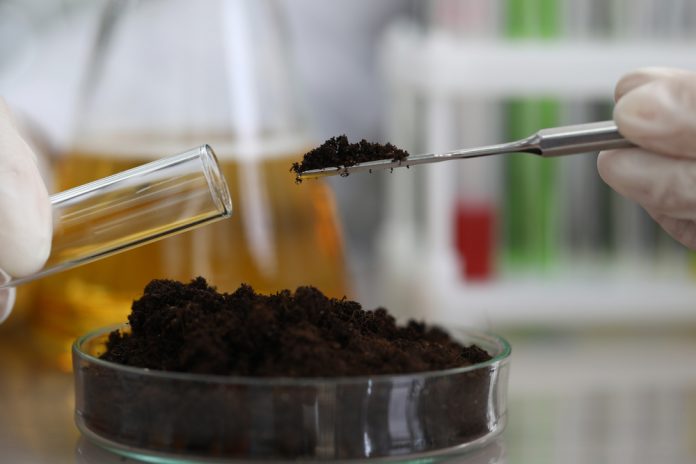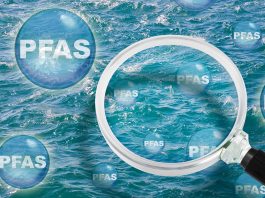With no accurate methods to track the presence of forever chemicals in soil, NARO researchers are trying to bridge this gap.
Concern about the effects of forever chemicals, also known as PFAS, is increasing globally, as they pose a significant risk to the environment and our health.
They are the most persistent synthetic chemicals to date as they hardly degrade in the natural environment and have been found in the blood of people and animals.
A report by the Centers for Disease Control and Prevention, using data from the National Health and Nutrition Examination Survey (NHANES), found PFAS in the blood of 97% of Americans.
How are we exposed to forever chemicals and how dangerous are they?
We are exposed to hundreds of forever chemicals through some of the products we use every day, as well as through drinking water and certain foods.
Because it is difficult for water treatment plants to remove them from water, chemical contamination of drinking water is a rising issue.
Forever chemicals are extremely toxic to humans, animals and the environment.
They have been shown to:
- Interfere with the hormonal system.
- Interfere with the reproductive system and the development of pregnancies.
- Impact the immune system and have been linked to reduced responses to vaccines in children.
- Promote the development of certain cancers.
How can we detect levels in soil?
Unlike the analysis method for water samples, it is difficult to ensure the target’s extraction efficiency in diverse soil samples.

There are 381 soil types in Japan, with volcanic ash soils being the predominant type. Since these soils possess high carbon content, efficient multicomponent PFAS extraction is challenging.
The research team has developed a novel method for PFAS analysis using typical Japanese Andosols and brown lowland soils.
Characteristics of the analytical method include:
- Simultaneous analysis of 30 different PFAS, including PFOA, PFOS, and perfluorohexane sulfonate (PFHxS) is possible.
- Simplified process for multiple sample analysis.
- Easy-to-understand visual explanation of the forever chemicals analysis procedure.
- Immediate analysis is possible by specifying condition settings.
Currently, 23 institutes in Japan, including private and national research institutes, have started interlaboratory studies using this manual.
Furthermore, procedures are underway in China, Korea, Hong Kong, the EU, and the USA.









